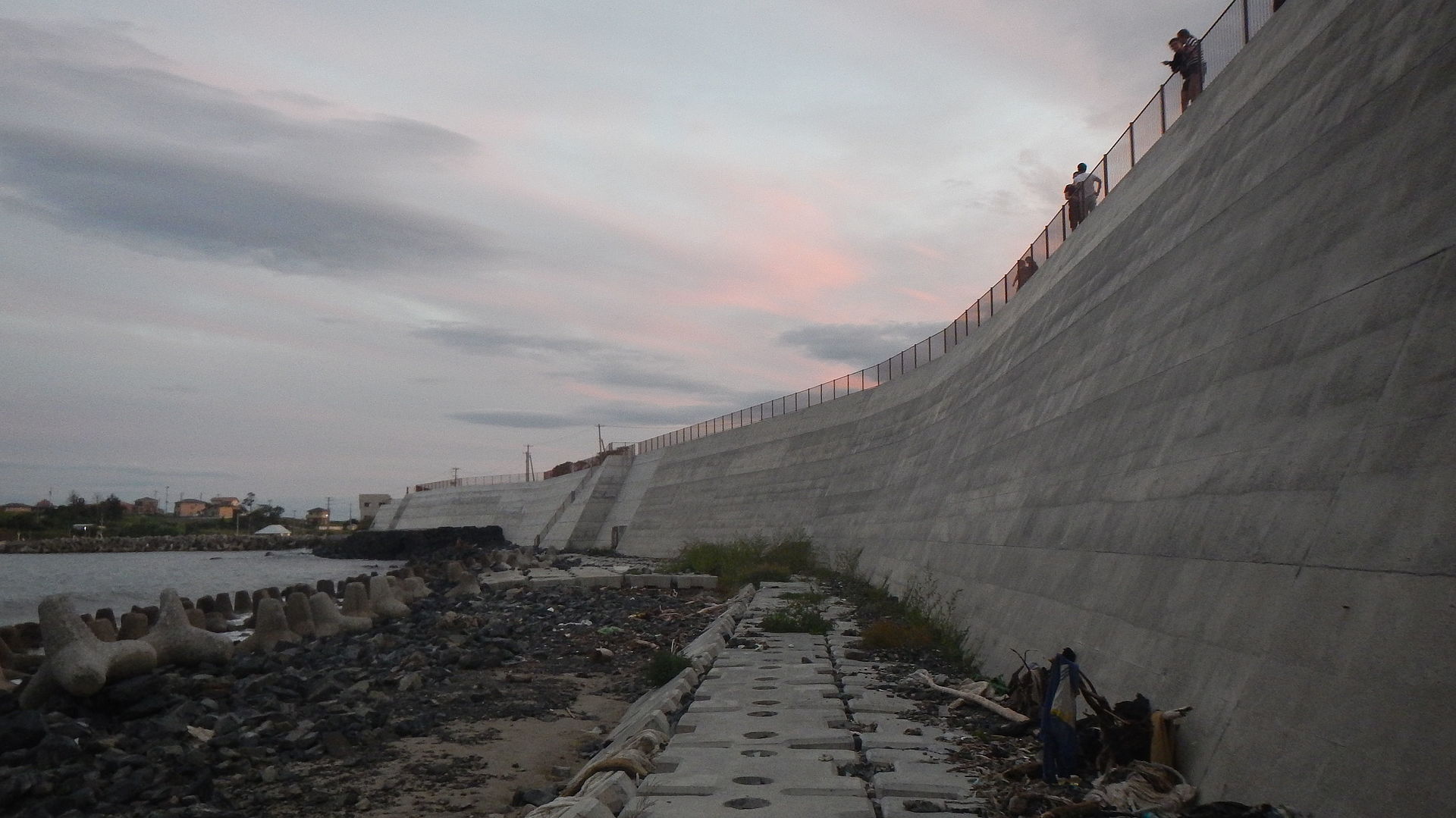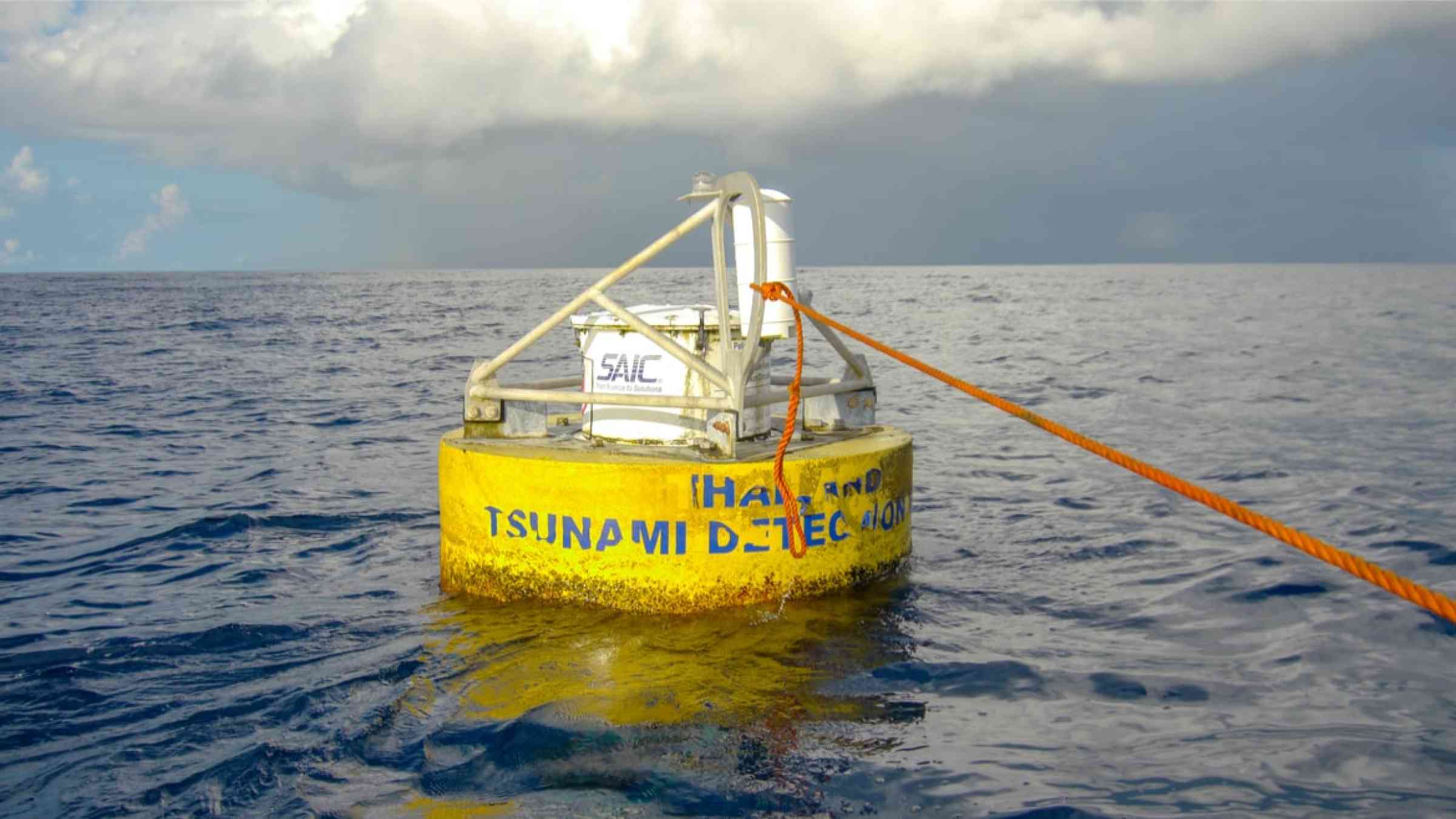Every year on November 5, we commemorate World Tsunami Awareness Day, an important reminder of the devastating impact of tsunamis and the necessity of being prepared.
This article will examine the idea of tsunami-proof cities and buildings, showcasing creative engineering concepts and designs that can minimise the effects of tsunamis and pave the way for a future that is safer and more resilient.
Waves at Shallow Water Turn Into Catastrophe
When ocean surface waves move into a coastal region where the wavelength is significantly larger than the water depth, shallow water waves are created. The waves on the water’s surface get steeper and higher as the water gets shallower. The water rushes out in a ferocious, tumultuous flood when the wave breaks. Underwater earthquakes, volcanic eruptions, or landslides cause those sea waves, displacing massive amounts of water. Their energy increases as they approach shallow coastal areas, resulting in towering waves that inundate everything in their path. We know this phenomenon as tsunamis.
Tsunami Protection Engineering
Tsunami protection engineering aims to avoid or reduce potential tsunami damage and save lives. The best means of protection appears to be the construction of seawalls in front of ports and towns.
Breakwaters and seawalls are frequently used as barriers against impending tsunamis in coastal cities. These structures absorb some of the energy of the tsunami, decreasing its impact on coastal areas.
Japanese Seawalls
Following the 2011 Tohoku Tsunami, which caused severe damage to coastal communities, the design of seawalls in Japan was revised. In March 2011, a series of earthquakes and tsunamis along Japan’s east coast destroyed communities and killed 18,000 people.
The government replied by proposing the construction of hundreds of sea walls in the aim of protecting coastal towns from future disasters. However, instead of creating seawalls to withstand waves with a 50-year return period, they extend the timeframe to 100 years.
When constructing seawalls, Japanese engineers additionally take note of coastal processes like accretion and erosion. Seawalls have to be built to endure these processes for the duration of their lifespans.
Other Protection Methods
Elevating structures is a frequent design strategy for tsunami-prone locations. Homes and public structures are raised above potential flood levels by using durable stilt. This method allows water to flow beneath the structure, reducing structural damage and safeguarding people.
Materials that are more resilient to the effects of waves and water are constantly being developed by engineers. These materials include advanced concrete mixtures that are strong enough to resist the forces of a tsunami because they are reinforced with fibres or polymers.
A few cutting-edge concepts investigate amphibious and floating structures that can rise with the sea level in the event of a tsunami. In normal circumstances, these constructions are anchored to the soil, yet they can float when needed, protecting their people from rising water.
Tsunami evacuation towers, or vertical evacuation buildings, are made expressly to provide a haven during tsunamis. To guarantee occupant safety in the event of a disaster, these buildings are outfitted with communication systems, emergency supplies, and reinforced concrete and steel.
Tsunami Warning Systems
To detect tsunamis, tsunami warning systems typically consist of seismic sensors, deep-ocean pressure sensors, and tide gauges.
Earthquakes cause the ground to tremble, which is detected by seismic sensors. A seismic sensor can alert the tsunami warning centre if it finds an earthquake with a strong enough magnitude and location.
Tsunami-induced variations in water pressure are detected by deep-ocean pressure sensors. These data can be used by tsunami warning centres to predict the height and arrival time of a tsunami at various coastal areas.
The height of the sea surface is measured via tide gauges. These data can be used by tsunami warning centres to confirm the height and arrival timing of a tsunami as well as to detect them.
In recent years, AI integration has become very popular in tsunami warning systems.
Related Articles



:focal(555x141:556x142)/https://tf-cmsv2-smithsonianmag-media.s3.amazonaws.com/filer/8f/79/8f79f134-0c56-4183-87f2-726af5211c60/tsunami-house-1.jpeg)






